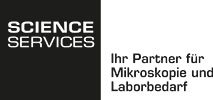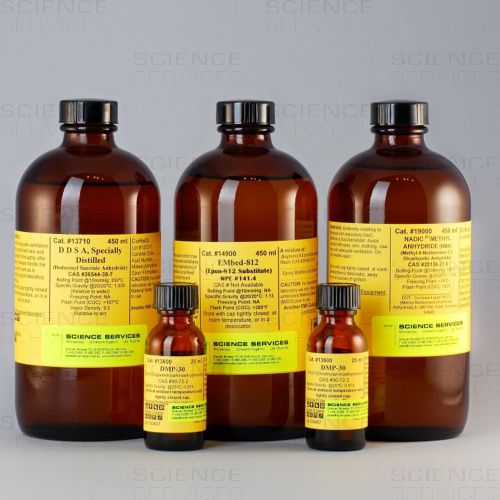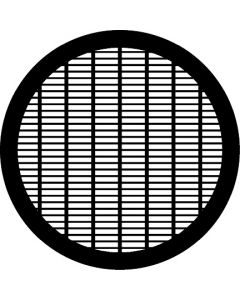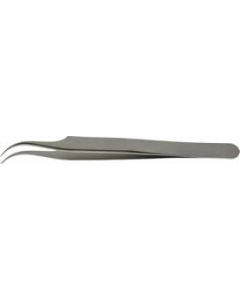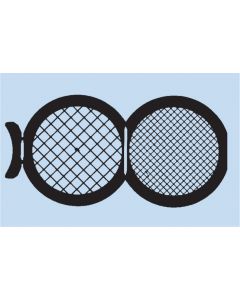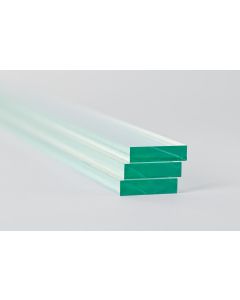EMbed-812 / DER 73
Diese Mischung ist weniger viskos, als das herkömmliche EMbed-812.
Produktdetails
Beschreibung
Introduction
Because DER 736 has a lower viscosity (30-60cP at 25°C) than DDSA (290cP at 25°C), the mixture is less viscous and penetrates the tissue more rapidly.
Recommended Procedure
Fixation:Tissues can be fixed in a wide range of fixatives. One of the most commonly used fixatives is an alde-hyde (i.e.: glutaraldehyde) followed by osmium tetroxide.
Dehydration: There are many different dehydration schedules that can be followed. A typical one is as follows:
- 70% Ethanol for 10 minutes
- 100% Ethanol for 10 minutes
- 100% Ethanol for 15 minutes 100% Propylene Oxide for 15 minutes
- 100% Propylene Oxide for 15 minutes
Note: Longer times may be required for some samples.
Mixing Instructions:
- DER 736 8 ml
- EMbed 812 2 ml
- NMA 8.9 ml
- DMP 30 0.28 ml
(For Larger Batches Increase Each Component Proportionally)
Slight variations of the accelerator (DMP-30) will drastically affect the color and brittleness of the block.
Prior to measuring and mixing the resin and the anhydride should be warmed (60°C) to reduce their viscosity. Thorough mixing is imperative to be able to achieve uniform blocks. The final block, can be made harder by adjusting the ratio of DER 736 and EMbed 812: A ratio of 4:1 is recommended.
Although the mixture can be stored for up to 6 months at 4°C it is highly recommended that freshly prepared embedding medium always be used. If you choose to store the mixture you should warm it thoroughly prior to adding the accelerator.
Infiltration: It is recommended that for all of the infiltration steps a specimen rotator be used.
- Drain the tissue of most of the propylene oxide, leaving a little so the tissue does not dry out.
- Replace the solvent with a 1:1 solution of propylene oxide:embedding medium and allow it to stand for at least 1 hour at room temperature.
- Remove the mixture, replace it with 100% embedding medium and leave for 6-12 hours at room temperature.
Embedding: This may be done in embedding capsules ( Catalog #E70020 ) or a flat embedding mold ( Catalog #E70900 ).
Transfer each sample to a dry capsule or mold and fill the mold with embedding medium. Cure the medium in an oven at 60°C overnight.
Blocks can be trimmed and sectioned after the blocks return to room temperature.
References: Kushida, H. (1967), J. Electron Microscopy 16, 278.
Weitere Informationen
| Anwendung |
Einbettung
|
|---|---|
| Basis |
Epoxy
|
| Gebotszeichen |
Augenschutz benutzen

Handschutz benutzen

|
| Signalwort |
Gefahr
|
| Symbol GHS |
GHS07

GHS08
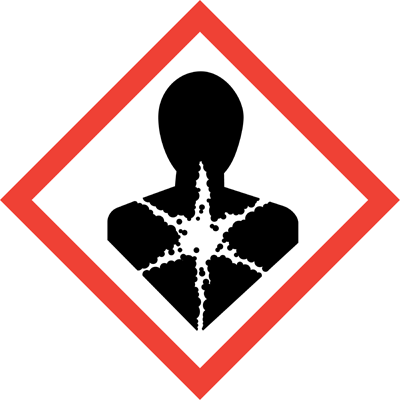
GHS09
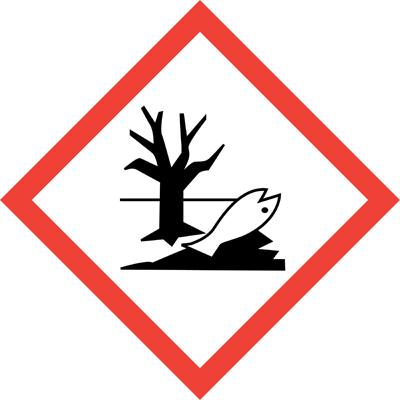
|
| Gefahrenhinweise |
H302
H315
H317
H319
H334
H335
H411
|
| Sicherheitshinweise |
P261
P273
P280
P284
P312
P321
P330
P304_340
P305_351_338
P332_313
P333_313
P405
P501
|
| Bestandteile | 2x225ml DER 736, 450ml EMbed-812, 450ml NMA, 50ml DMP-30 |
| Versandklasse |
Gefahrgut LQ
|
| Arbeitsbereich |
Elektronenmikroskopie
|
| SDB (mehrsprachig) | E13000, E14900 |
| SDB (mehrsprachig) | E19000 |
| SDB (mehrsprachig) | E13600 |
